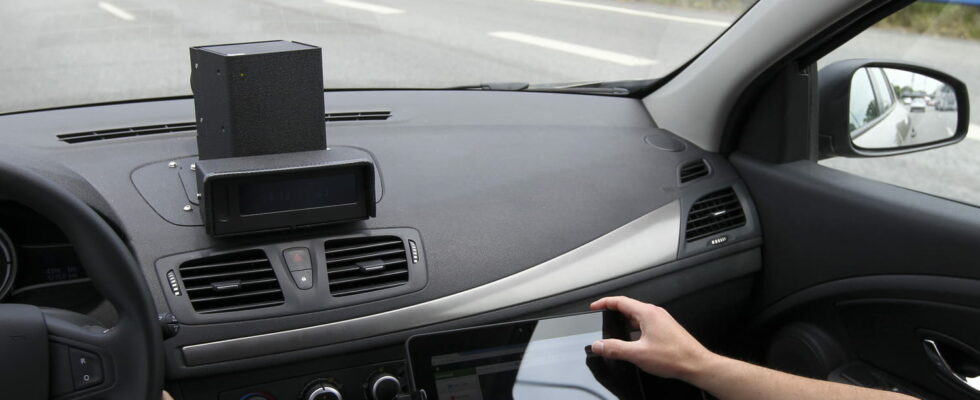A new deployment of radar cars is planned for next year with, for motorists, an increased risk of being fined.
In 2024, around 400 radar cars entrusted by Road Safety to private companies would be circulating within eight of the thirteen regions of mainland France. In 2025, three new regions – Auvergne-Rhône-Alpes, Occitanie and Provence-Alpes-Côte d’Azur – will welcome these vehicles equipped with an infrared sensor and cameras to chase away motorists who are in a hurry. With the exception of Île-de-France and Corsica, the entire territory will therefore be covered, with nearly 550 cars since 126 will be dedicated to exploring the roads of the departments located in the three regions soon to be affected.
These cars are a nightmare for drivers who flirt with speed limits. Inserted into traffic, discreet, they are capable of detecting speeding without motorists noticing because they use non-visible infrared flashes. They can fine the vehicles they pass (if there is no central reservation) and those they overtake. It is not surprising that these radar cars, which arrived on our roads in 2013 and mainly managed by private companies since 2018, bring in big profits for the State. To the great dismay of many road users who see the noose tightening a little more every day.

However, there are several ways to spot these cars that distribute VPs. First, by knowing the models most frequently used by companies. A website, www.radar.prive.fralso lists all the privatized radar cars in each department, supporting photos. There are six different brands and nine models: Peugeot 308, Peugeot 508, Citroën Berlingo, Ford Focus, Ford Mondeo, Volkswagen Golf, Volkswagen Passat, Seat Leon and Skoda Octavia. But if you have to press the brake pedal every time you see one of these classic and widespread cars, the trick is neither valid nor very safe!
There are other methods to spot these unmarked cars. However, you need to have a keen eye and know where to look. Already on the dashboard of the radar car, where the black box with the infrared sensor which detects speeding is placed. At the rear, if the window is not tinted, it is possible to see a small square which contains the small on-board cameras to capture images of the offense. Finally, the license plate on the front of these surveillance vehicles is surrounded by a reflective plastic backing not found on normal cars.
So many little details that can alert you, but are difficult to understand when driving. The best way to avoid being caught speeding, whether by a radar car or a more traditional radar, is to respect the limits imposed on the roads.
